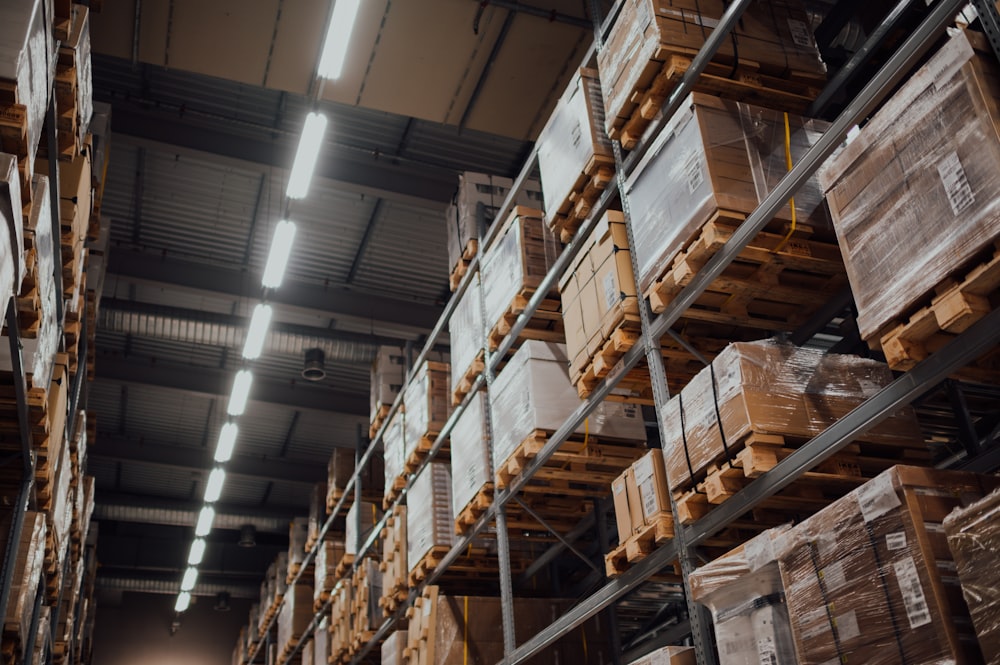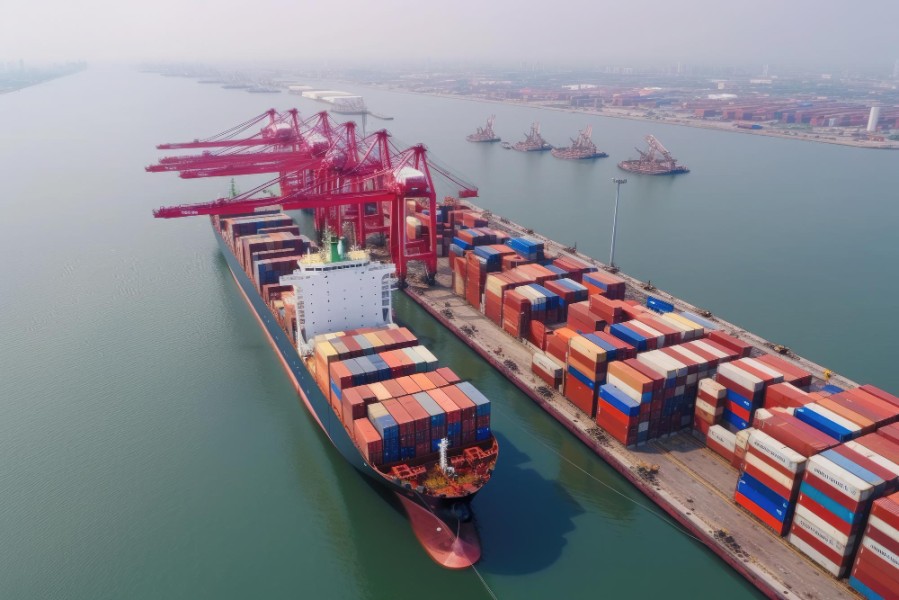

For this reason, one of the essential elements of the national competition is a well–functioning logistics system.
Today’s production, transportation, handling, supply, and use of physical objects are not economically, environmentally, and socially sustainable. Similar to the transformation experienced in information and communication technologies in the last few decades, logistics operations in the world will be carried out in very different ways in a few decades at the most. Developed countries are preparing for the transition to inter–modal and synchro–modal transport systems, in which standardized package units move on flexibly configurable interconnected global logistics networks.
Despite the technological developments and the measures taken against political risks, the logistics sector is directly affected by economic and political conditions.
It is impossible to precisely know the logistics sector’s size since large–scale manufacturers generally carry out their own logistics operations, and logistics activities are integrated with production activities.
In the logistics literature, three basic concepts can be mentioned for the activities carried out with the integration of different transport modes:
- Intermodal Transportation
In its most general definition, Intermodal Transportation is the transportation operations carried out by using at least two different transportation modes without changing the vehicle. While performing Intermodal Transportation, the vehicles or containers containing the cargoes do not vary. The loads remain on the transport vehicle they were placed on from the shipment until the end of the shipment. The only element that changes in this type of transport is expressed as the modes of transportation. The Intermodal mode of transport, which does not require any handling or other action on the load, also ensures that the shipment reaches more than one point. This way aims to ship the products directly to the delivery point without leaving the container or transport vehicle while being transferred to a different transportation mode.

In this way, it is also aimed to save time without any additional action. Intermodal Transportation, which has different and advantageous features, enables the goods to be delivered to the delivery point without being handled within the scope of the shipment process. Among the essential elements of this type of transport is the transportation of intermodal equipment. For example, the container part of a truck can be transported via a ship. Wagons, one of the railway vehicles, can also be transported by sea. During the operation process, the cargo and sundries are transferred to the other transport mode only with the transport unit in which they are located. Therefore, it is possible to use seaway, road, and railroad in the same shipment process in Intermodal Transportation.
In the form of Intermodal Transport, only transport units are transferred instead of goods. Intermodal Transportation, which can also be expressed as a mixed type of transportation, offers various advantages to companies. Among the benefits of Intermodal Transport, first of all, it is safe. The companies need to protect the products’ safety during transportation and prevent adverse events during the journey. Intermodal Transport, which offers companies the advantage of safe transportation, also contributes to various savings. Saving time and money during the transportation operation becomes possible in this vehicle model.
At the same time, companies that prefer Intermodal Transportation also undertake an environmentally friendly movement. It can also be said that Intermodal Transportation types are environmentally friendly due to reducing carbon emissions. This type of transportation, which offers reliable transportation, is much less affected by various external factors when compared to highways. Problems such as waiting at border gates between countries and regions, traffic density, and harsh weather conditions are also eliminated.
With the type of transportation known to be environmentally friendly, if desired, a combination can be created by choosing seaway, road, and rail at the same time.
- Multimodal Transport
In Multimodal Transportation, the cargoes continue with varying transportation routes by being transferred from the container into another container.
It provides a fixed transportation time and the opportunity to make more realistic plans without being affected by weather and road conditions. A logistics company does not need all vehicles to carry out Multimodal Transportation. An agreement is made with an expert Multimodal Logistics company determined by the Sender or the Receiver, and all legal responsibility regarding the vehicle belongs to the logistics company.
- Combined Transport
Combined Transportation means transportation from the point of departure to the destination by at least two different transportation ways. In recent years, the cost of transportation, which is problematic in terms of transportation and distance, should be combined with sea and rail transportation, which has a meager price.
How is Combined Transport done?

At the stage of Combined Transport, technological, price policy, organization, and legal integration should be considered as a whole. At the same time, transportation operations are carried out differently in coordination with each other. Therefore, a single mode of transport is not included in Combined Transport.
In addition, the first vehicle loaded on the second vehicle is usually the road vehicle in Combined Transportation. This shows us that Combined Transport often starts with road transport and the operation ends with road transport.
However, it does not matter much what the cargo container will be in Combined Transportation. Since the cargo is transferred together with the transport vehicle, the structure of the transport vehicle is evaluated in Combined Transport. Combined Transport is planned entirely by considering time, cost, and operational service quality parameters.
In that case, it is possible to say that Combined Transportation is a somewhat limited version of Intermodal Transportation. However, in both types of transportation, the condition between time, cost, and operational success are at the forefront.
What are the Differences Between Multimodal and Intermodal Transport?
There are specific differences between Multimodal Transport and Intermodal Transport.
In Multimodal Transportation; Combinations between all modes of transport are possible. A single transport contract is prepared for each transport route. Loads; It can be transferred to vehicles or units required by different modes of transport such as sea, road, or air. A single carrier company is responsible for the transportation process and manages the transportation process.
In Intermodal Transportation, a combination of road, rail, and sea can be made. More than one carrier company is responsible for the transportation process.
The target in Intermodal Transport; is the unit’s opening, whose mouth is closed during loading, at the delivery place. It is defined as the Transportation of products with a single loading and within the same transport unit, without being handled, by multiple transportation methods.
More than one contract is prepared for each transport route between loading and destination points.
Intermodal Transport; It aims to optimize the transportation process in line with time, cost, and environmental conditions. In this mode, separate transport and carrier contracts are prepared for each transport route.




